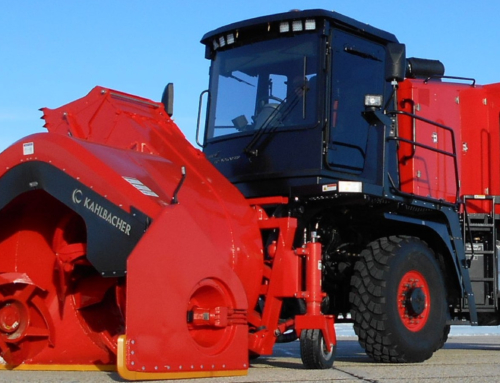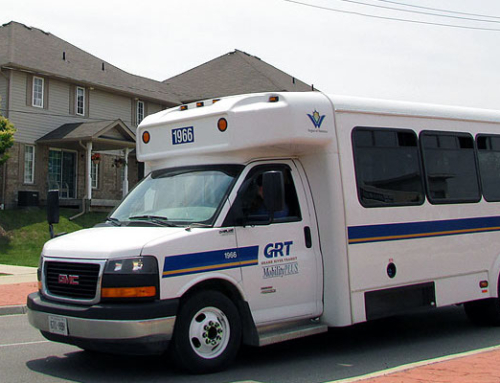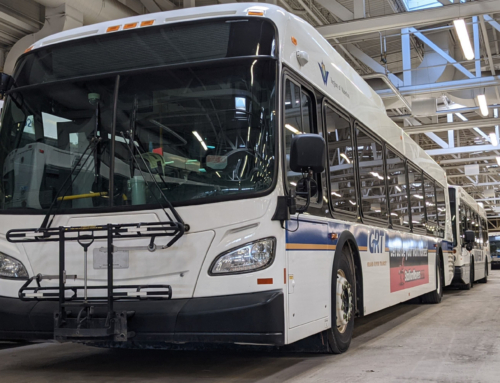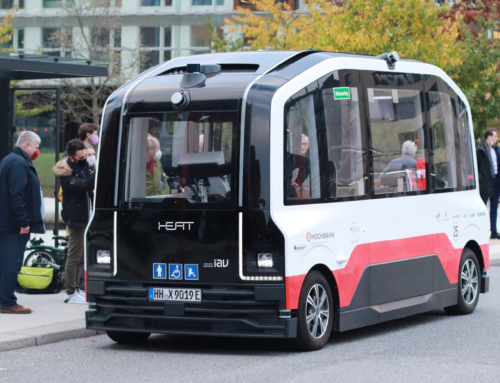Project Description
Introduction
Project Arrow is a visionary initiative by the Automotive Parts Manufacturers’ Association (APMA) to showcase Canada’s ability to manufacture and quickly build vehicle technology in Canada. The project aims to design, engineer, and build a zero emissions fully electric, level 3 autonomous concept vehicle through the joint efforts of Canada’s world-class automotive supply sector and post-secondary institutions.
The project was launched in January 2020 and concludes in December 2023, with the support of various partners and sponsors. Audesse was selected as the control technology solutions provider for the Arrow vehicle.
Goals for Project Arrow
The APMA identified multiple targets in realizing their ambitious vision of creating a cutting-edge vehicle that would demonstrate Canada’s automotive excellence. Some of the main challenges were:
Tight Timelines – The project had an engineering and build timeline of 12 months, which required a high level of coordination and collaboration among the various stakeholders involved in the design, engineering, and manufacturing of the vehicle.
Technologically Advanced – The vehicle would be developed with some of the most advanced automotive technology, including high power EV components, novel charging methods, and AI enabled driver interaction. Implimenting all these cutting edge technologies into a single vehicle would require an equally futureproofed technology platform to manage it.
All Canadian – The project had to utilize an all-Canadian effort, which meant sourcing all the components, materials, and services from within the country, as well as leveraging the expertise and talent of Canadian universities and colleges.
Rigorous Automotive Standards – The project had to meet the high standards of performance, safety, and quality expected from a modern electric vehicle, as well as incorporate advanced features such as autonomous driving, gesture recognition, and infotainment systems.
Needs
To overcome these challenges, the APMA needed a reliable and flexible control technology platform that could be applied to multiple automotive domains, such as the battery pack, tractive, body control, and autonomous system. The selected platform would have to meet the following requirements:
Includes Necessary Automotive Grade I/O – A hardware platform that had the necessary inputs and outputs to connect with the various components and sensors required for the vehicle’s operation.
Complete Software Platform – A software platform that would allow the APMA to program, debug, and deploy their application software, as well as integrate with other systems and platforms, such as the infotainment system and the autonomous system.
Expert Support – A support service that would assist the APMA in integrating the control technology platform into their vehicle, as well as providing technical guidance and troubleshooting.
A Complete Solution Provided by Audesse
The APMA chose Audesse as their control technology partner, as Audesse offered a comprehensive and versatile solution that met all their needs. Audesse’s solution consisted of the following elements:
Rhyse Maryniuk, CEO, (Left) and Connor Fry Sykora, CTO, (Right), at the APMA 70th Annual Conference
Includes the Necessary I/O – FlexCase, a modular and scalable hardware platform that could be customized and configured to suit the specific needs of each automotive domain. FlexCase provided a range of input and output options, such as analog, digital, CAN, LIN, Ethernet, and wireless, as well as a robust and durable design that could withstand harsh environmental conditions.
Complete Software Platform – Audesse provided a complimentary, user-friendly, and powerful software platform that enabled the APMA to develop, test, and deploy their application software using graphical Model based design programming, scripting, or C/C++. Audesse also provids a suite of tools and features, such as data logging, simulation, debugging, and remote monitoring, that facilitated the development and optimization of the software.
Expert Support – Audesse Support, a dedicated and experienced team of engineers that provided the APMA with support throughout the project. Audesse support helped the APMA with the installation, integration, and calibration of the FlexCase hardware, as well as the troubleshooting and maintenance of the software.
Project Arrow Domains Supported By Audesse
High Voltage Battery Pack – Control a high voltage battery pack, including the battery management system, contactors, and charging system. The battery pack provides a total capacity of 82.5 kWh and enables a zero to 100km/h time of 3.5 seconds. The battery management system monitored and balanced each cell, ensuring optimal performance and safety. The charging system supported both AC and wireless charging.
Tractive System Control – Control of the tractive system, including the motor and motor controller. The motor was a 3-phase permanent magnet motor, providing over 100kW of power and 250Nm of torque. The motor controller regulated the speed and torque of the motor, as well as the regenerative braking.
Body Control Module – Sense and control the driver interfaces, including the seats, PRNDL, mirror, parking brake, trunk, hood, gesture sensors, doors, and lights. The body control module FlexCase communicated with the various actuators and sensors that controlled the vehicle’s functions and features. The gesture sensors detected the driver’s movements and translated them into commands.
Interface with the Autonomous System – The autonomous system was provided by LeddarTech, a Canadian company that specializes in LIDAR technology for autonomous driving. The system used a combination of cameras, radars, and LIDARs to perceive the environment and detect obstacles, lanes, traffic signs, and signals. The system used a robust algorithm to plan the optimal path and control the steering, acceleration, and braking of the vehicle. The system was capable of level 3 autonomy, which meant that it could drive the vehicle without human intervention in certain conditions, such as highways or parking lots. The system communicated with the FlexCase hardware using CAN and Ethernet protocols, and displayed the information and status of the autonomous mode on the infotainment system.
Interface with the Infotainment System – The cockpit and infotainment system was provided by Inago, ABC Technologies, and GEOTAB. The system used multiple displays that provided the driver and passengers with various functions and features, such as navigation, media, phone, climate, and settings. The system also integrated with the FlexCase hardware and the LeddarTech autonomous system.

Connor Fry Sykora sitting in the Project Arrow vehicle.
Outcomes
The project was a resounding success, as the APMA was able to build a fully functional EV with a small team of engineers, using Audesse’s control technology platform. The project demonstrated the capabilities and potential of Canada’s automotive industry, as well as the benefits and advantages of using Audesse’s solution for developing and controlling electric and autonomous vehicles.

Connor Fry Sykora attending the 2023 Canadian International AutoShow.
Project Arrow is now touring across the globe, showcasing its innovative and impressive features to the world. The project has received positive feedback and recognition from various media outlets, industry experts, and government officials, as well as the general public. The project has also inspired and motivated other Canadian companies and institutions to pursue similar initiatives and projects, and to collaborate and cooperate with each other to advance and promote Canada’s automotive sector.
To learn more about how Audesse can help your organization, contact our sales team.







